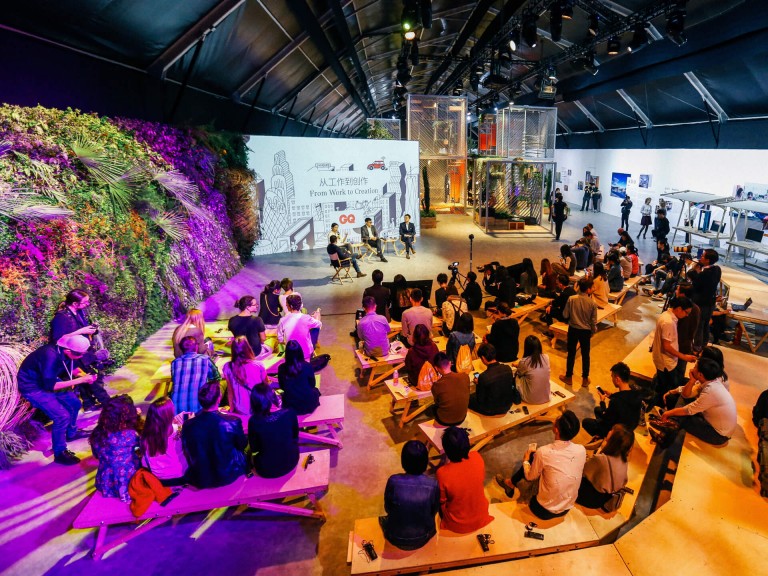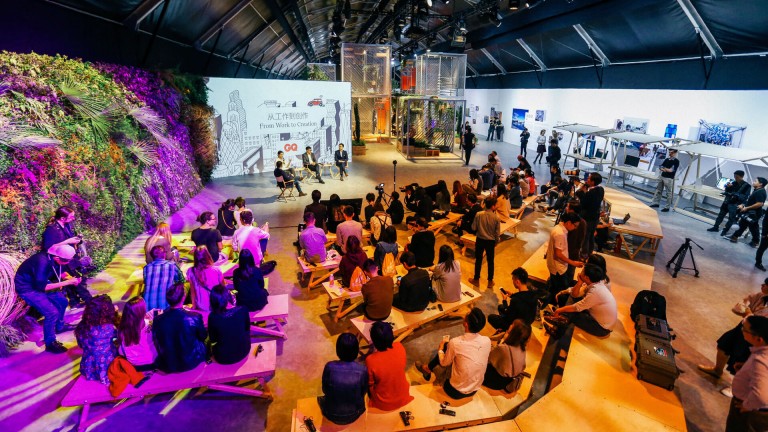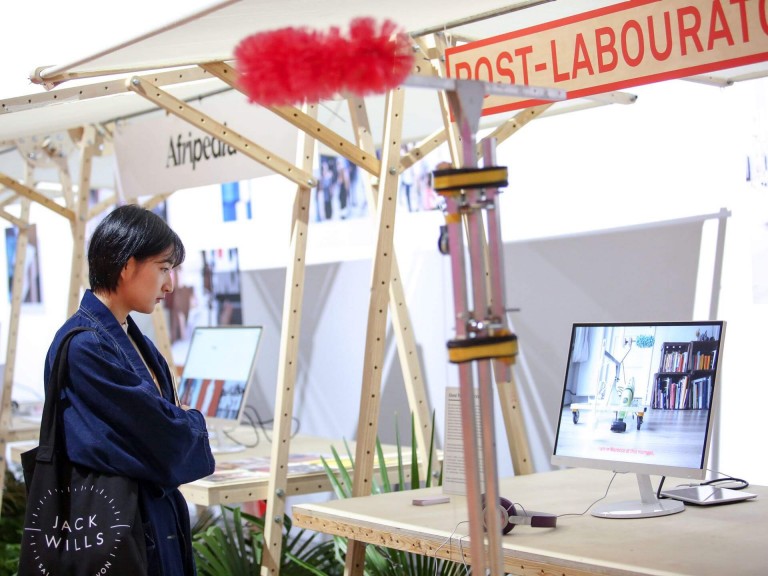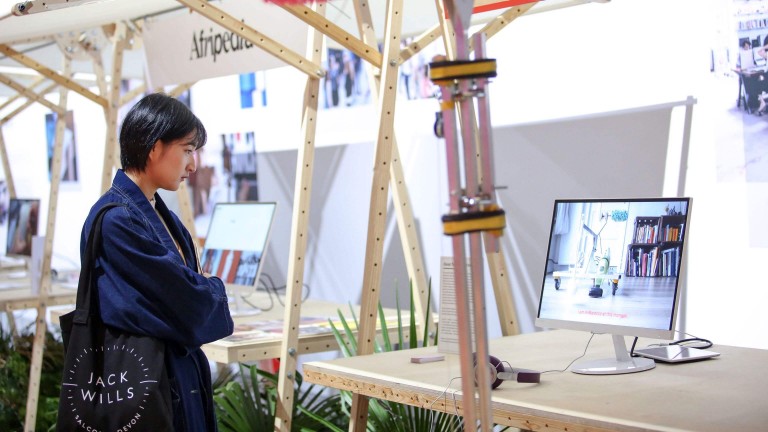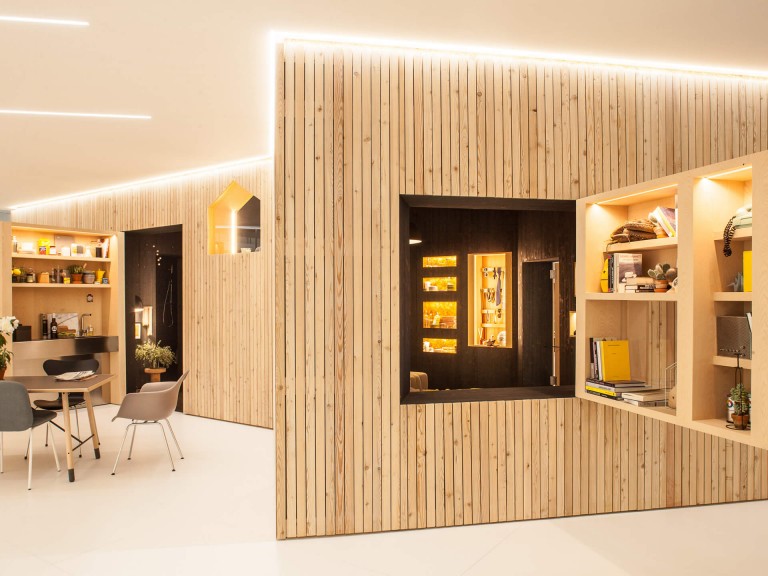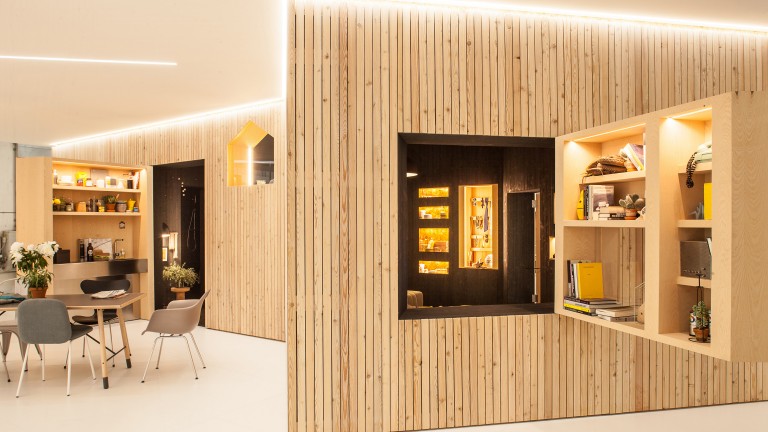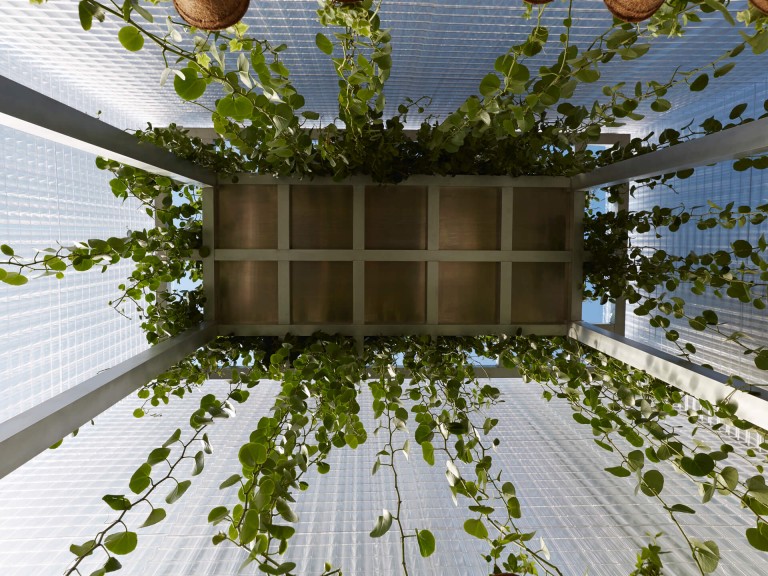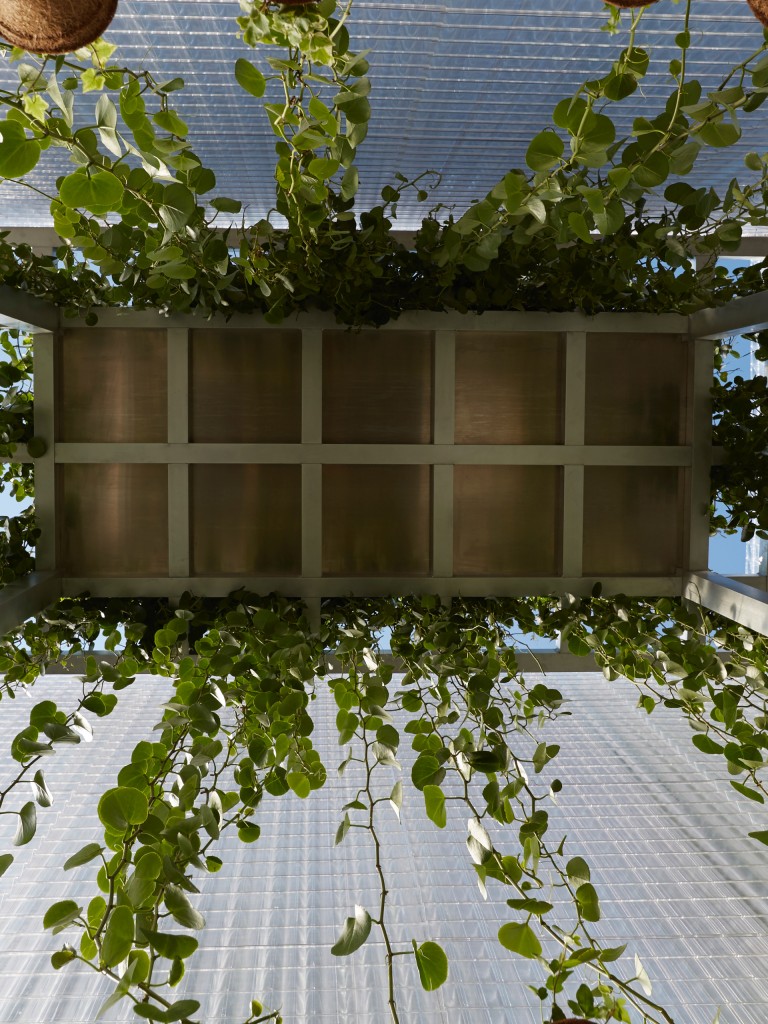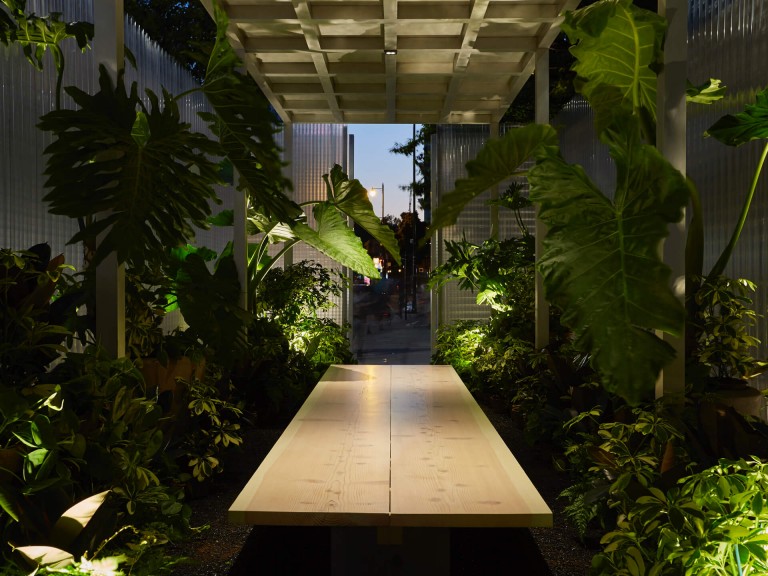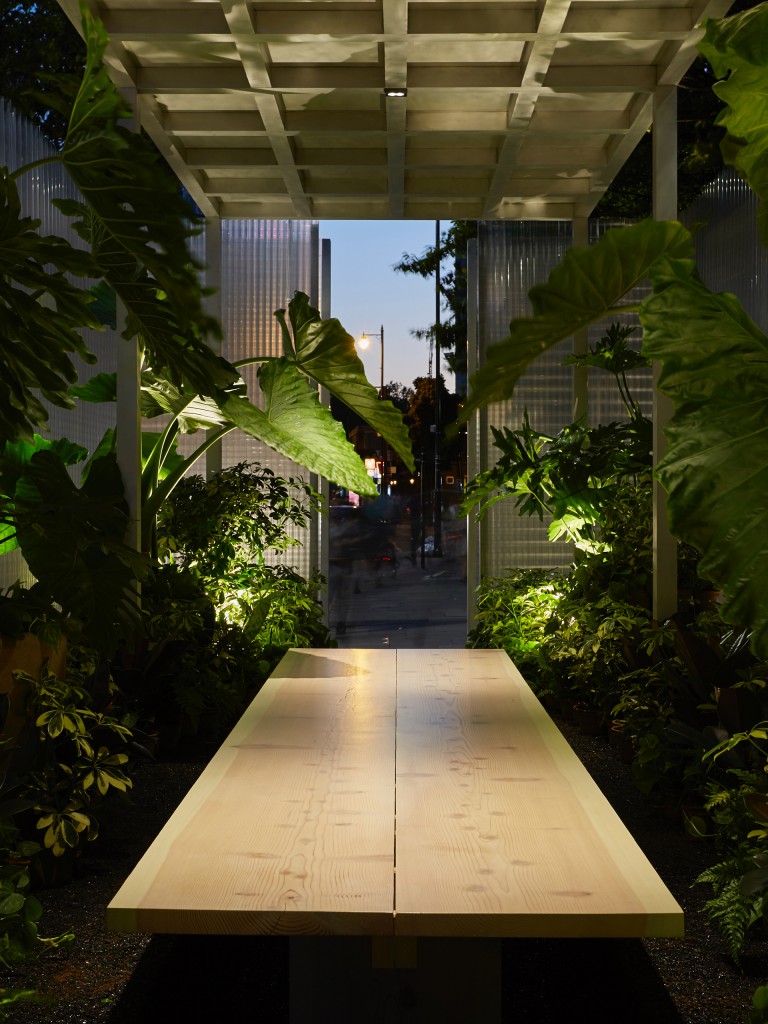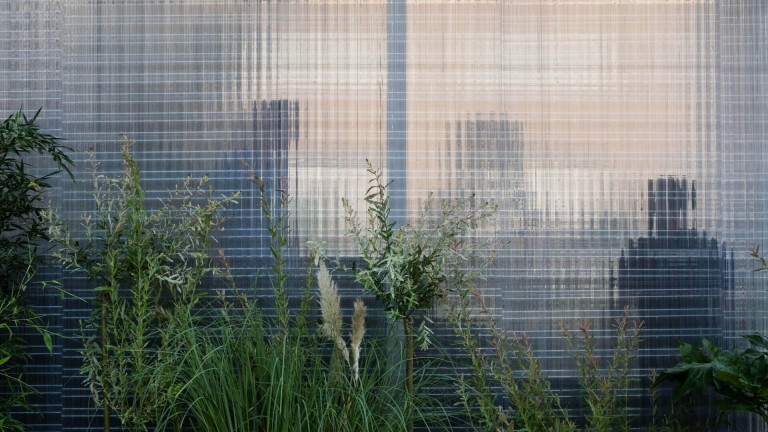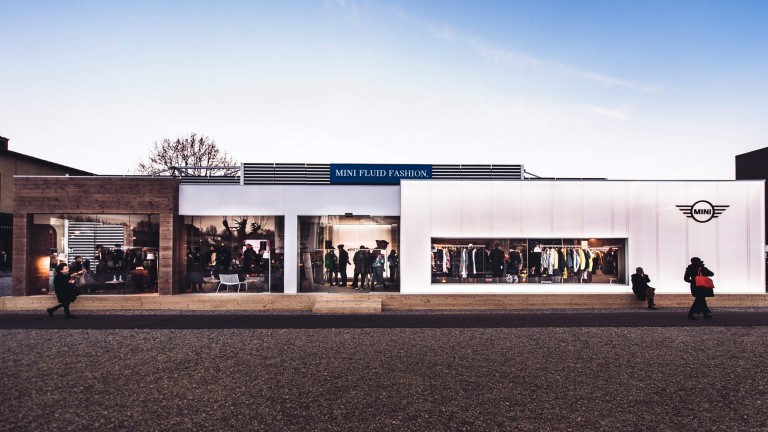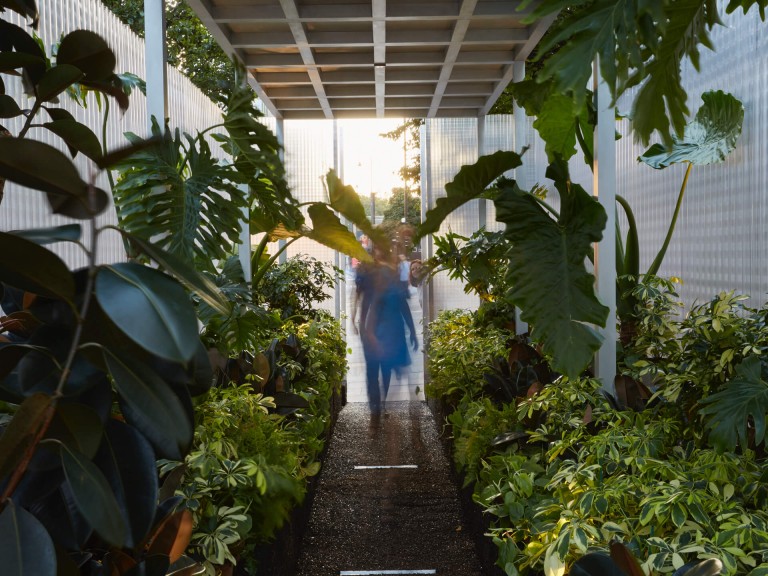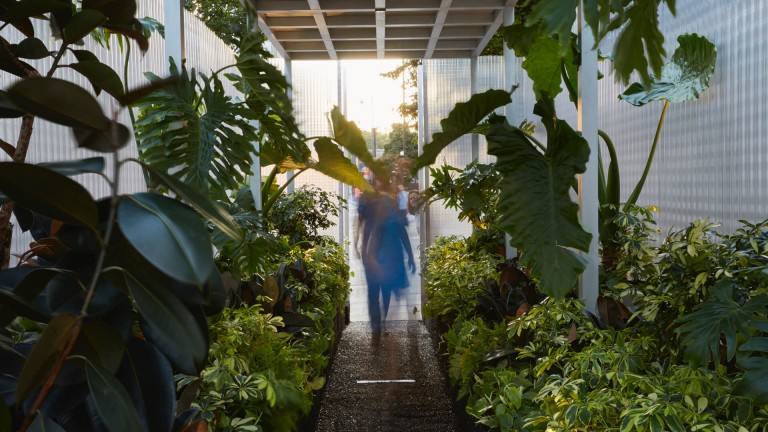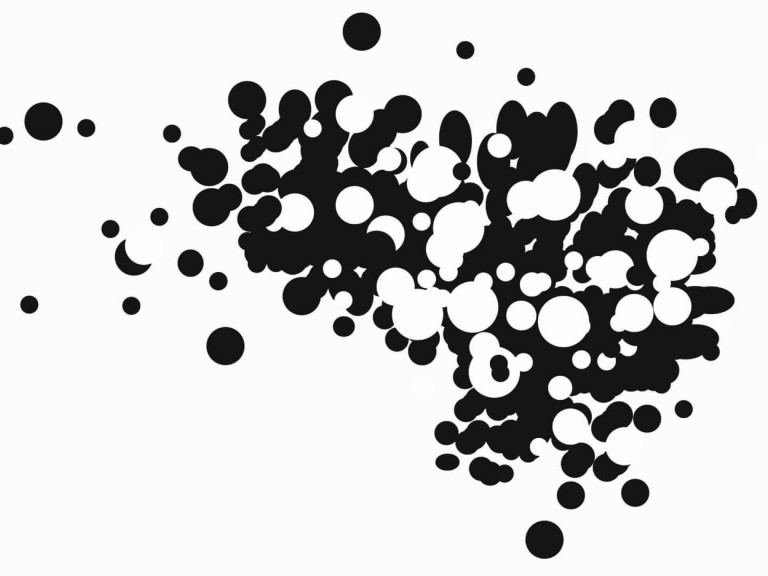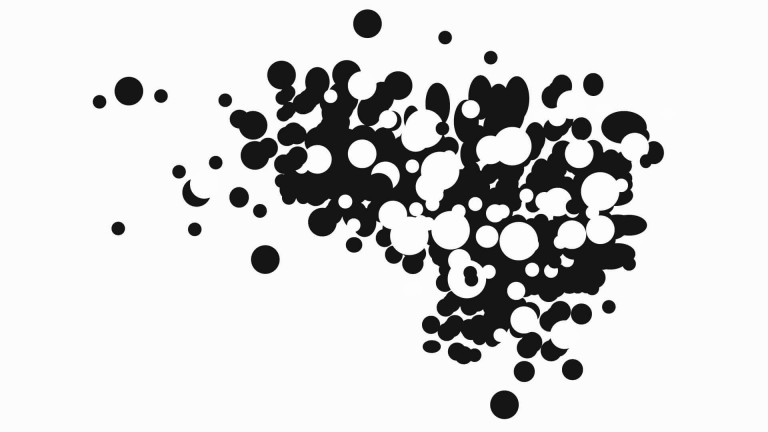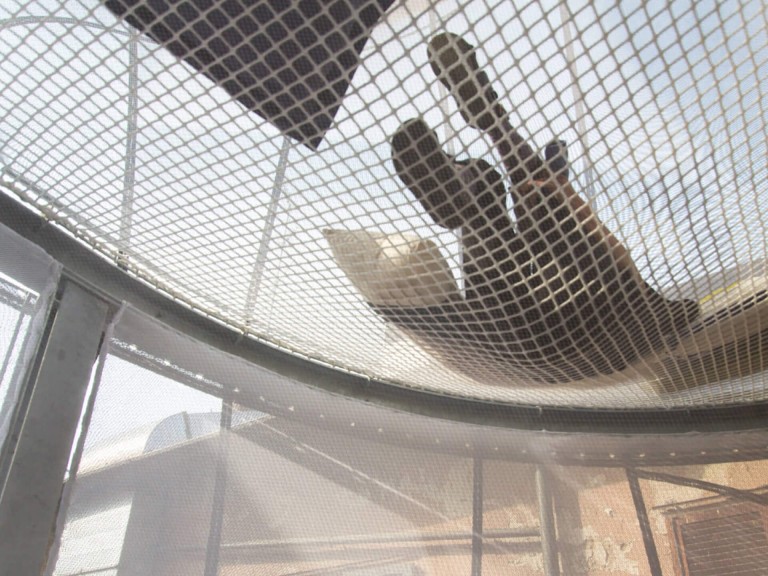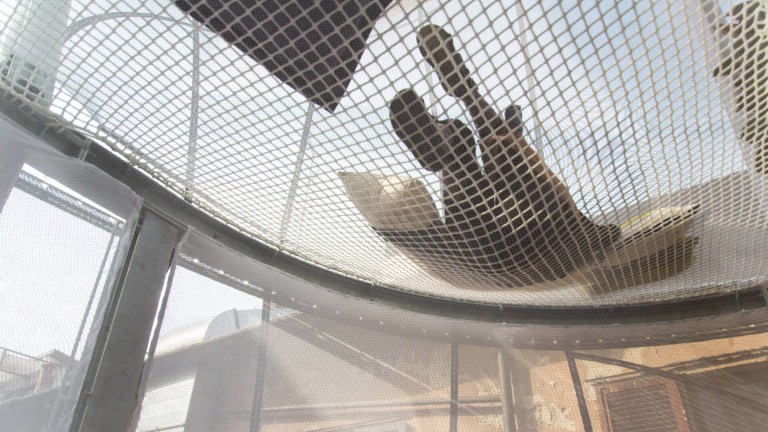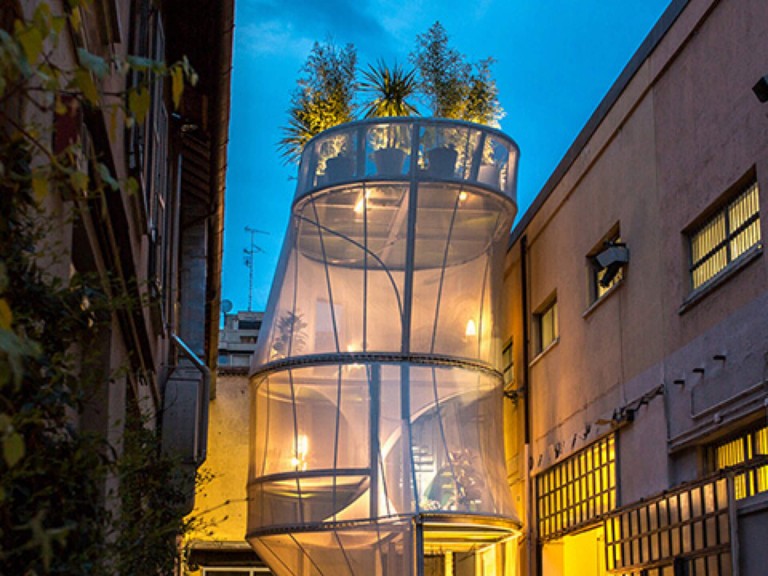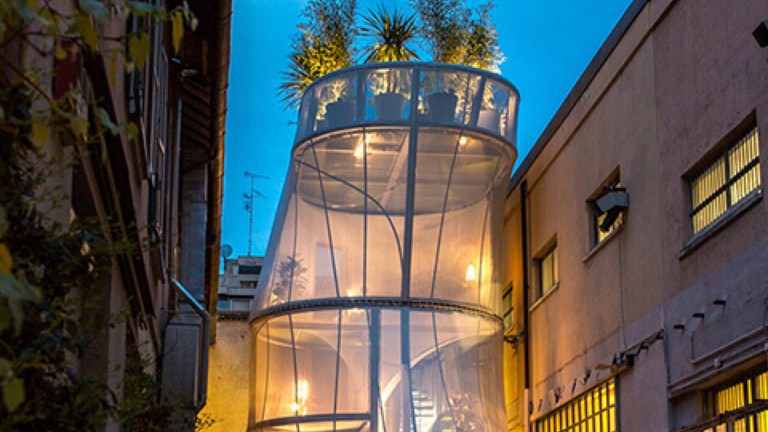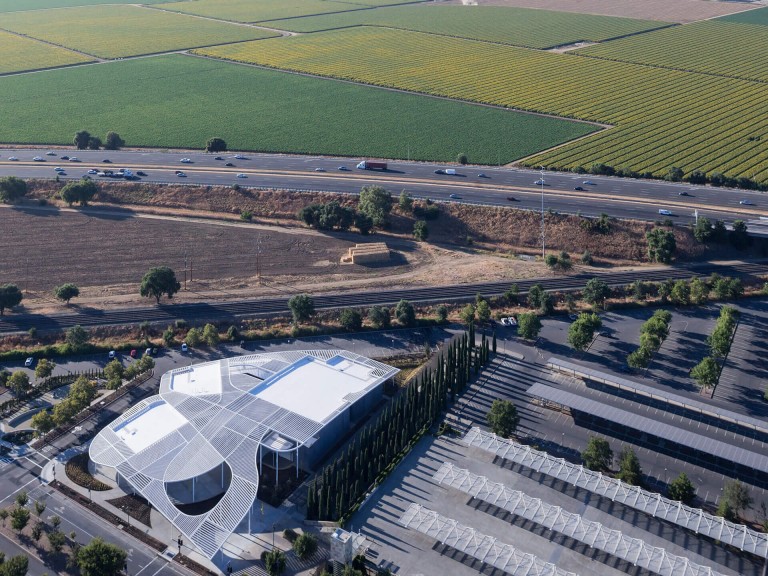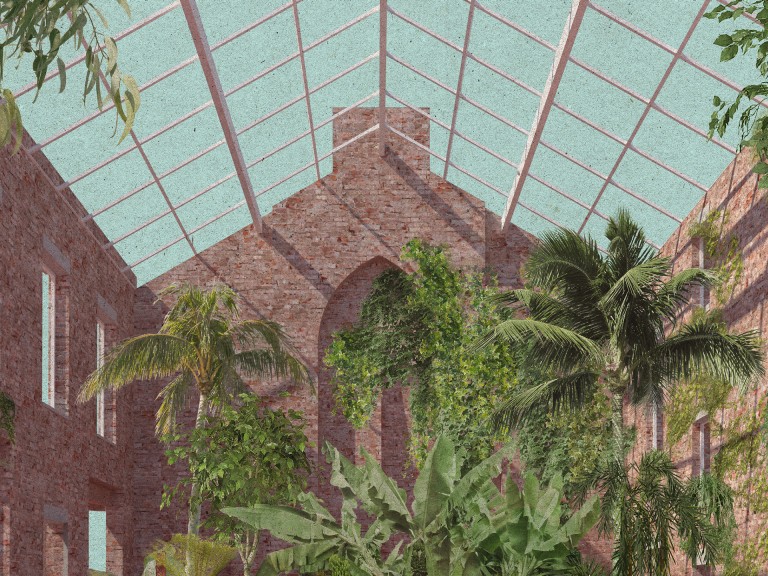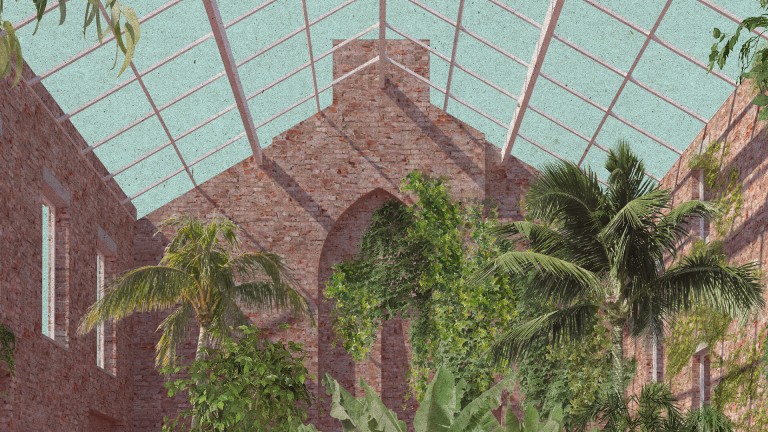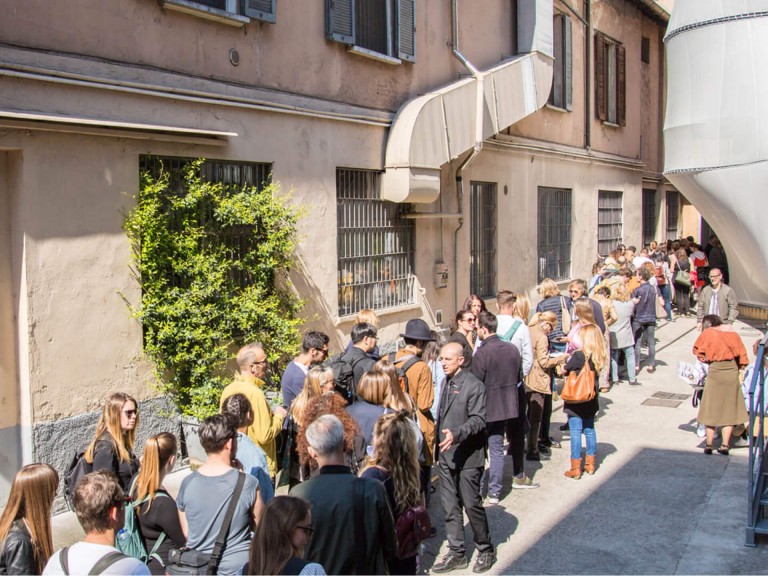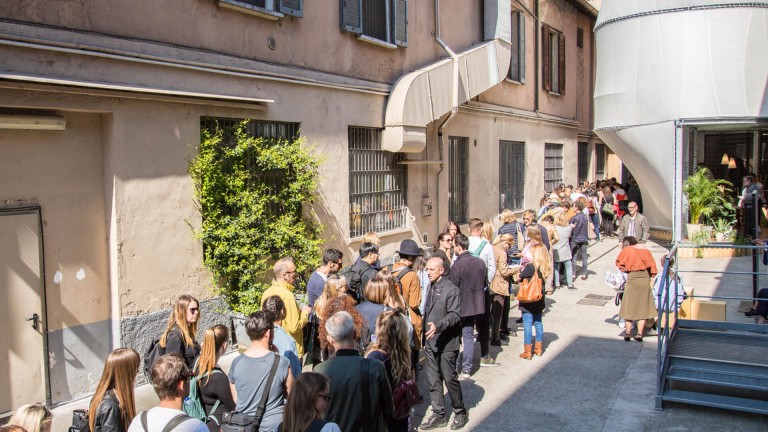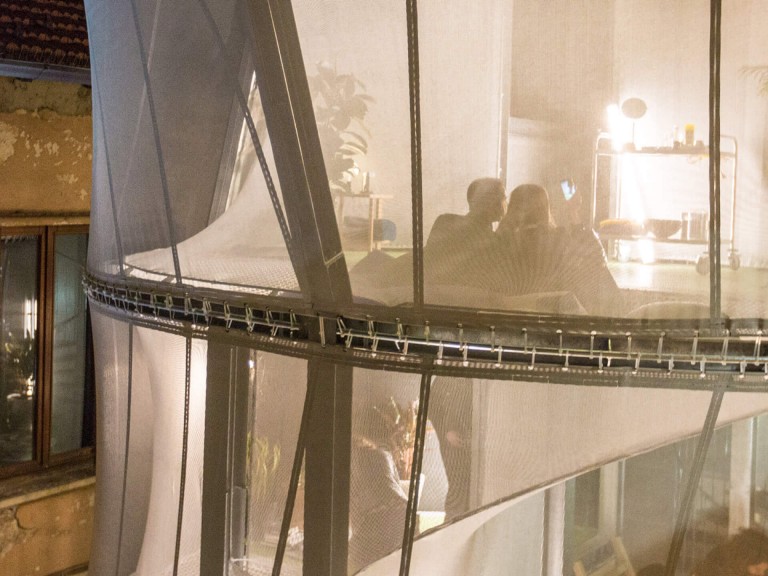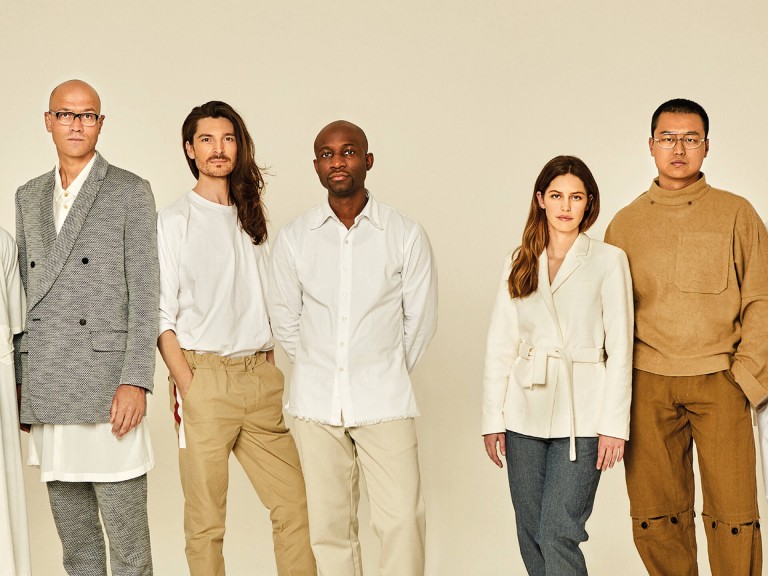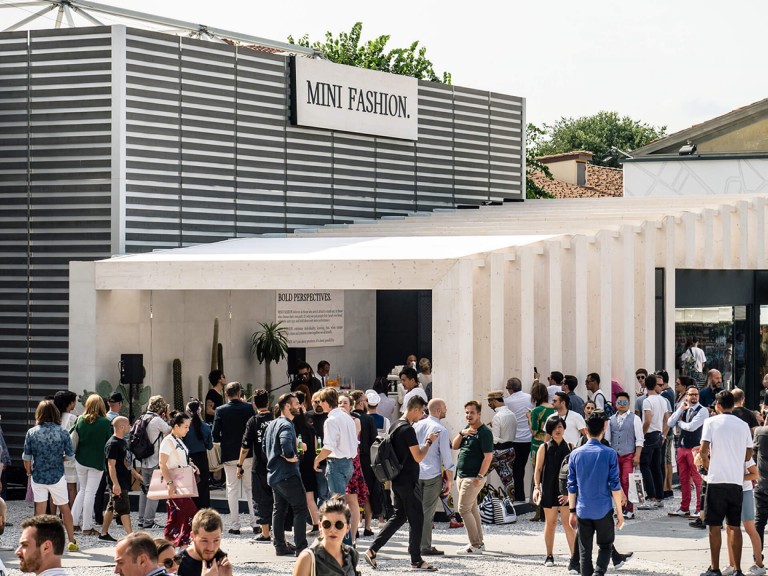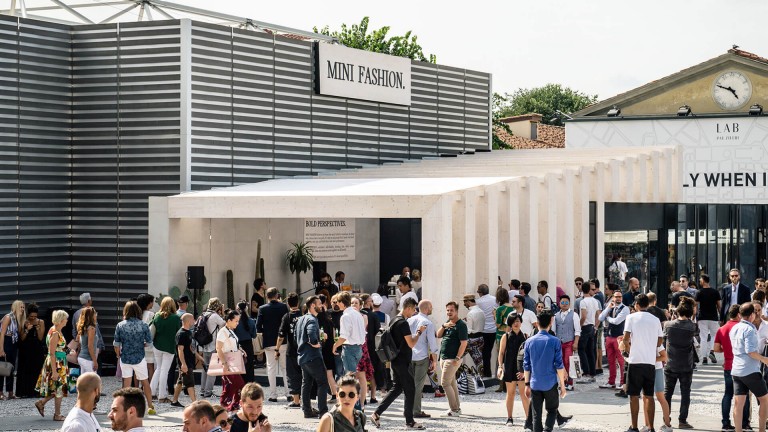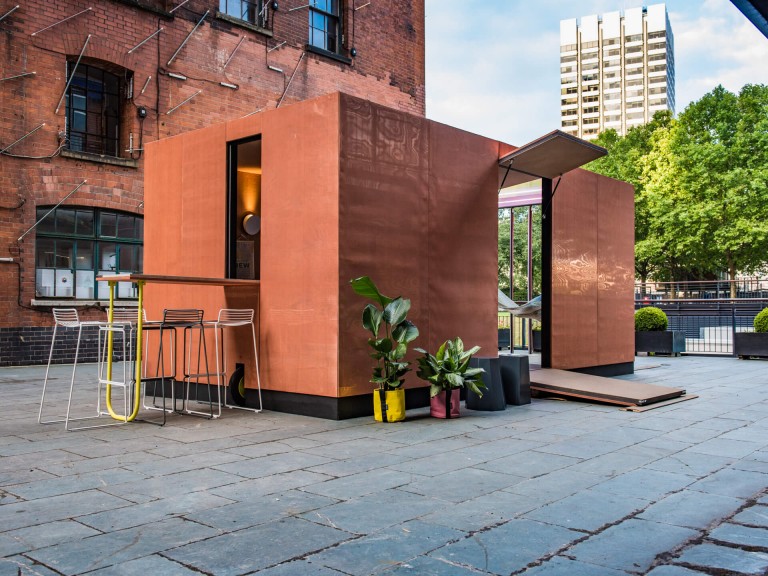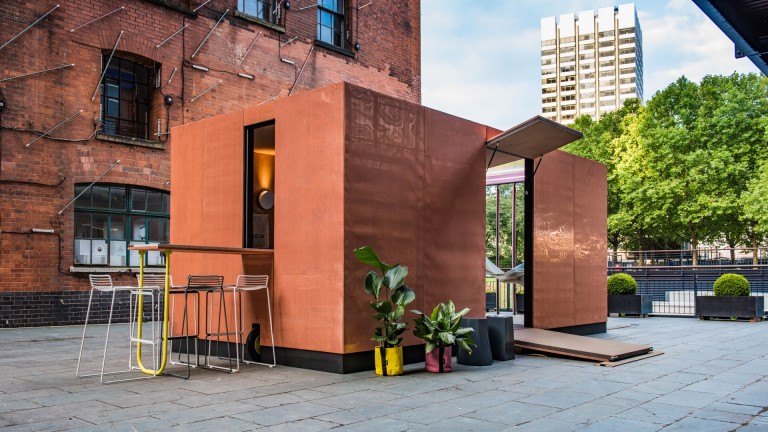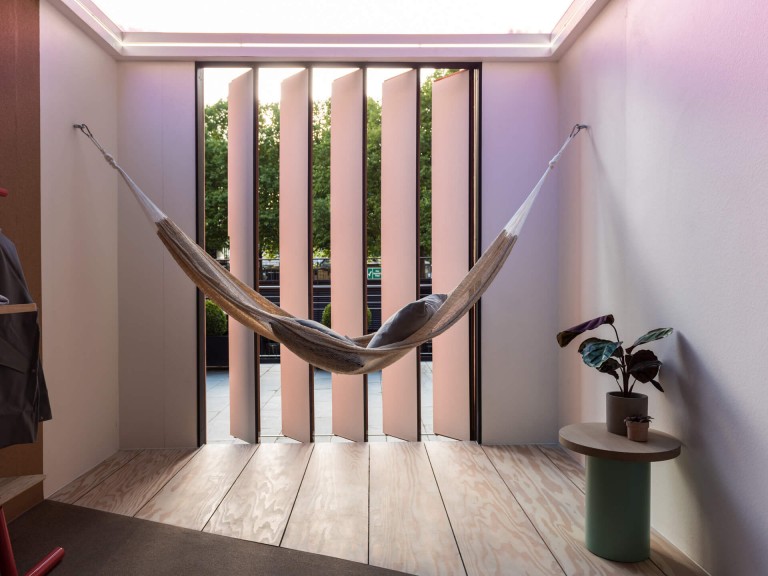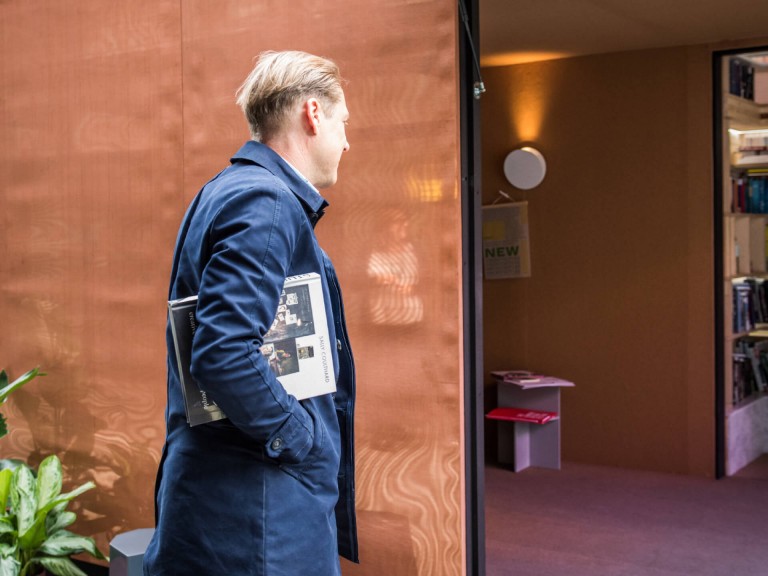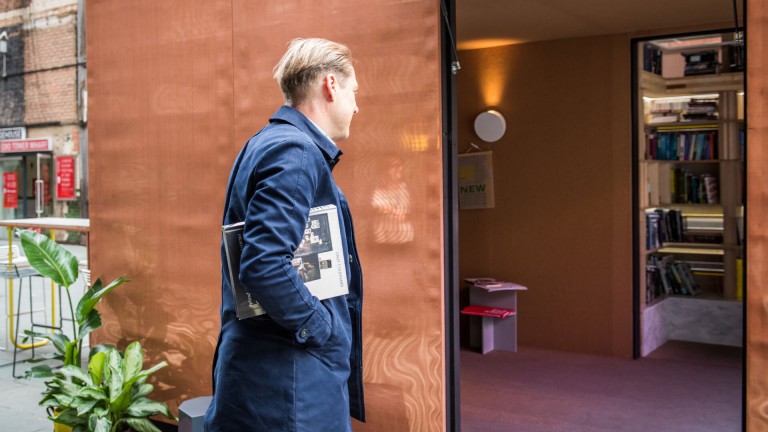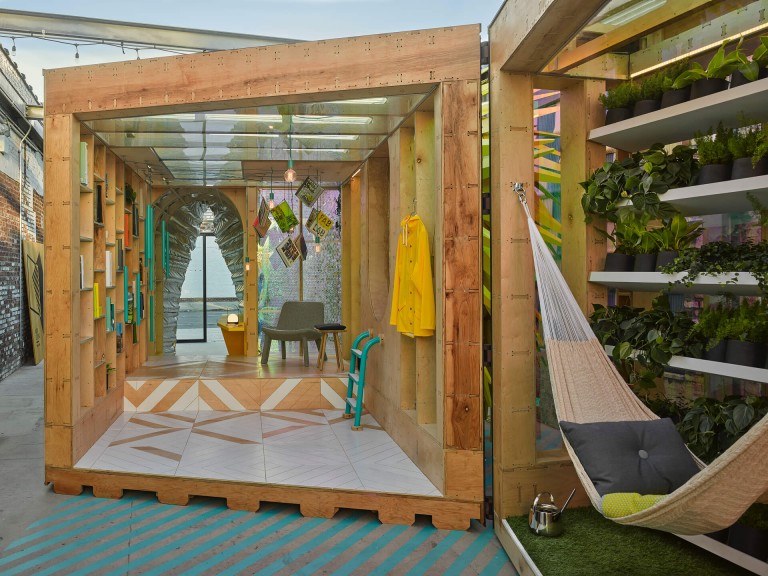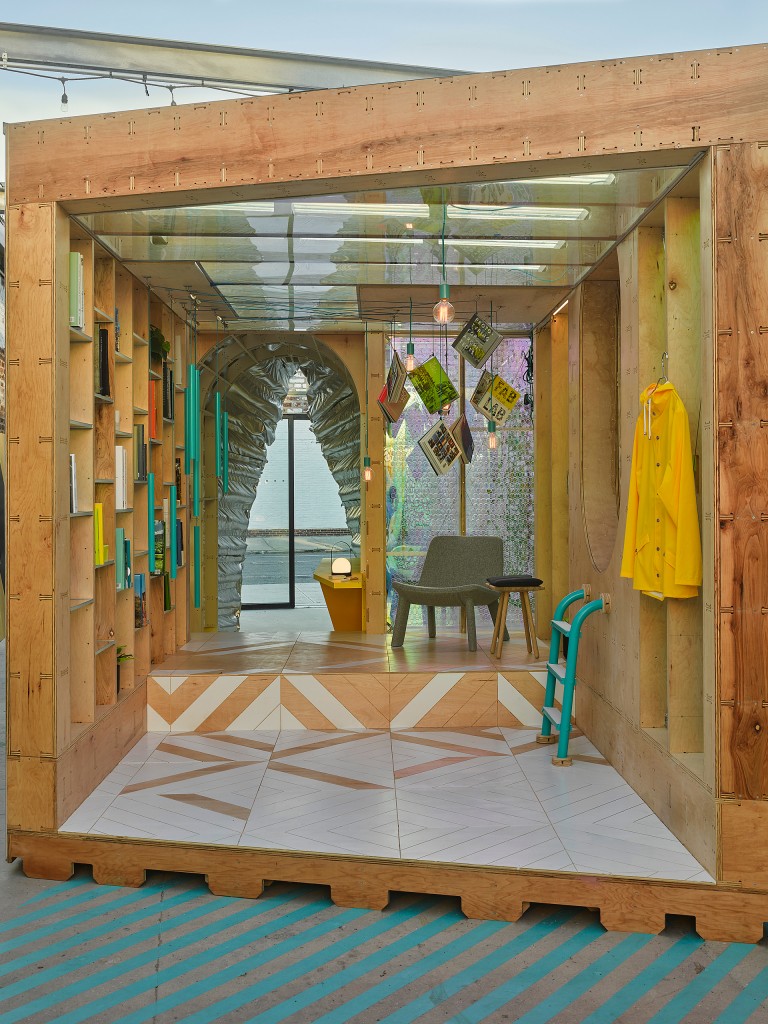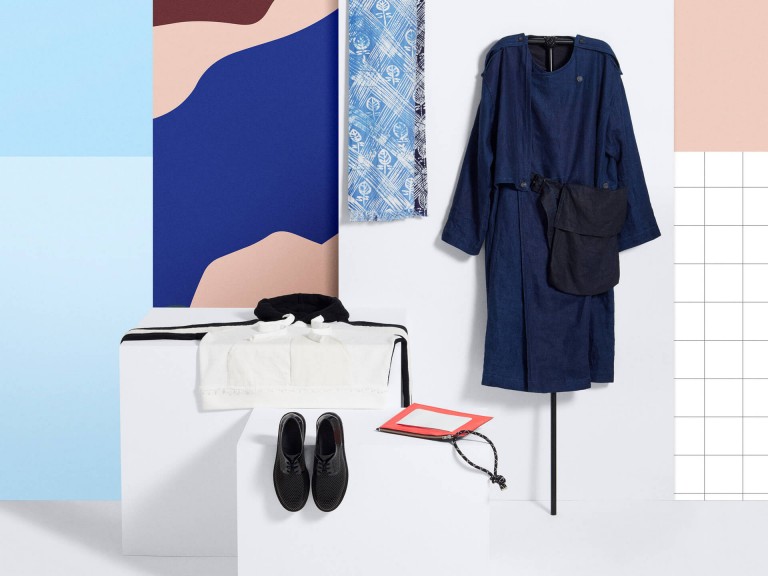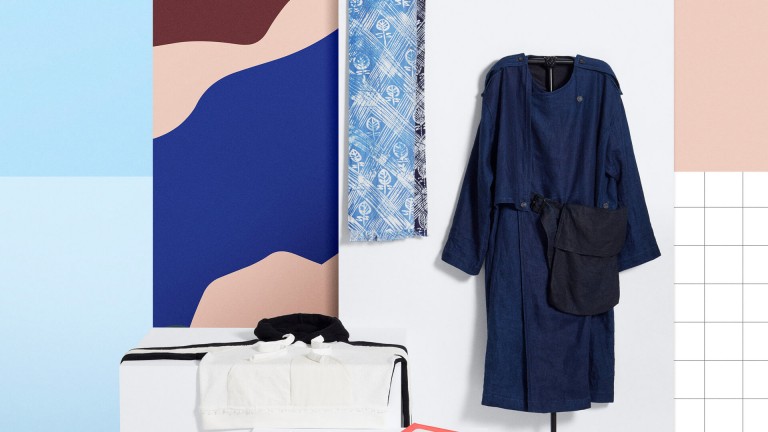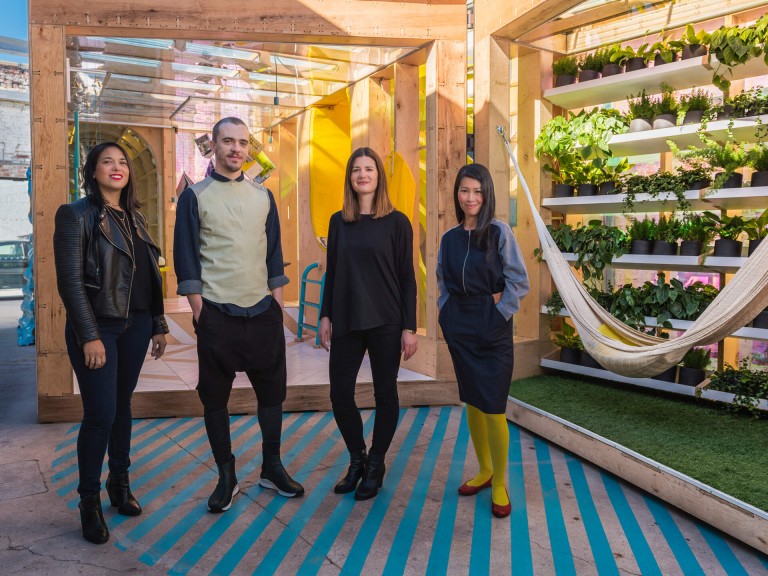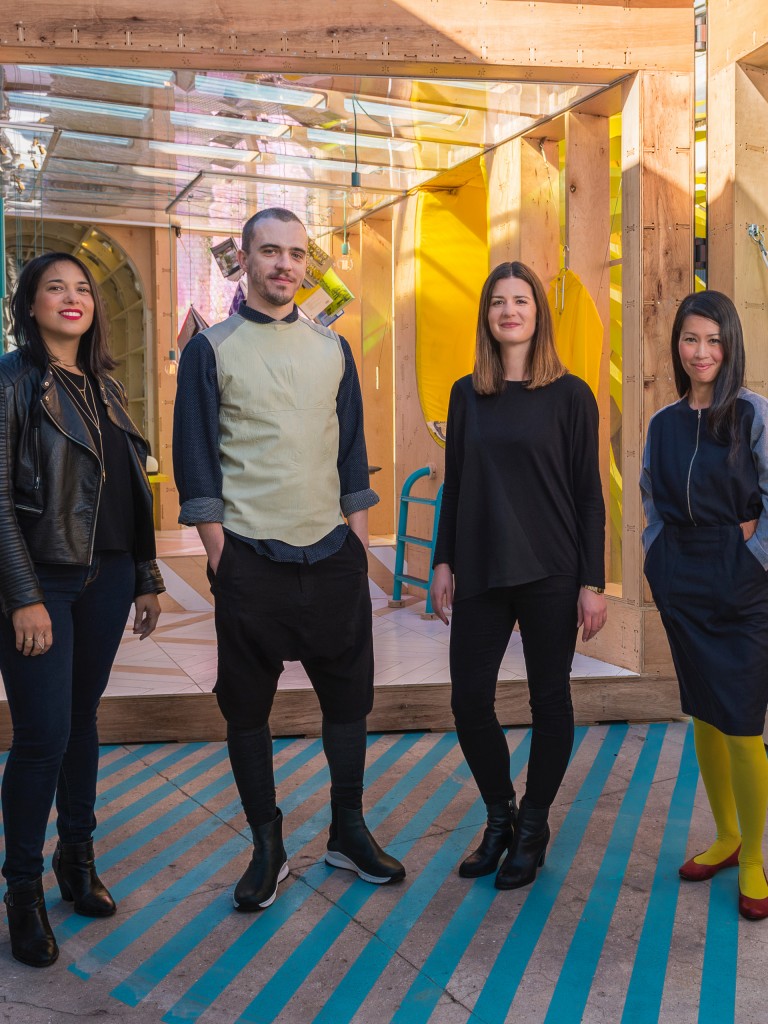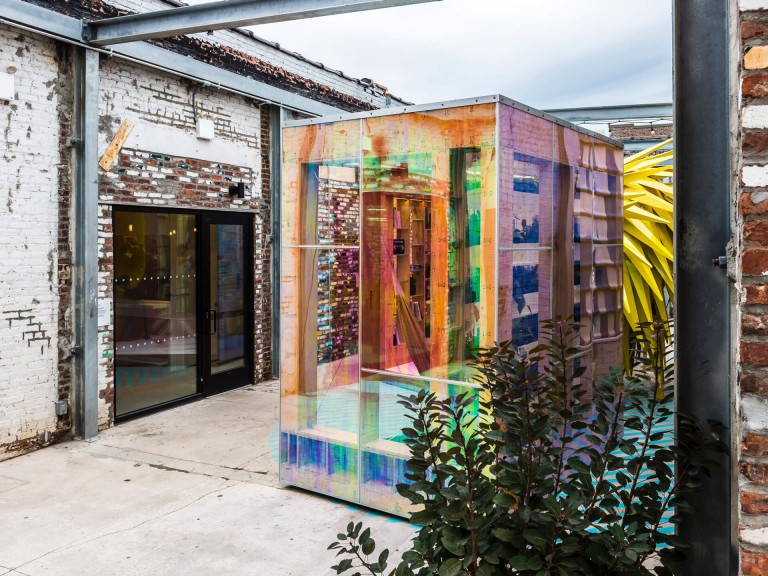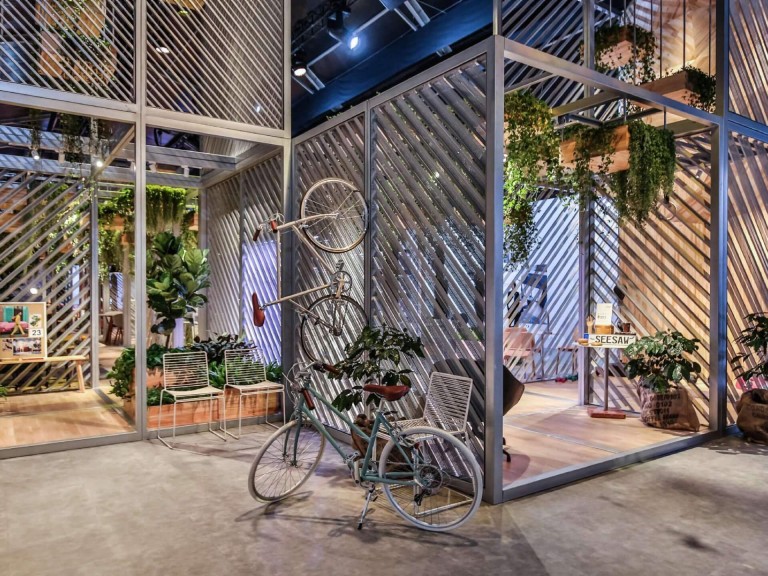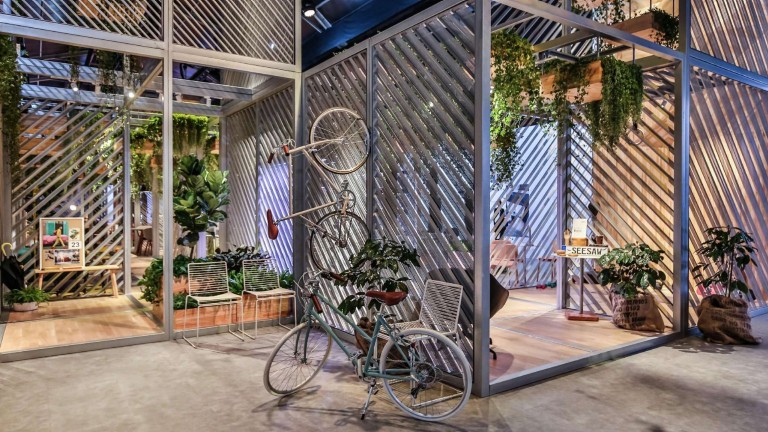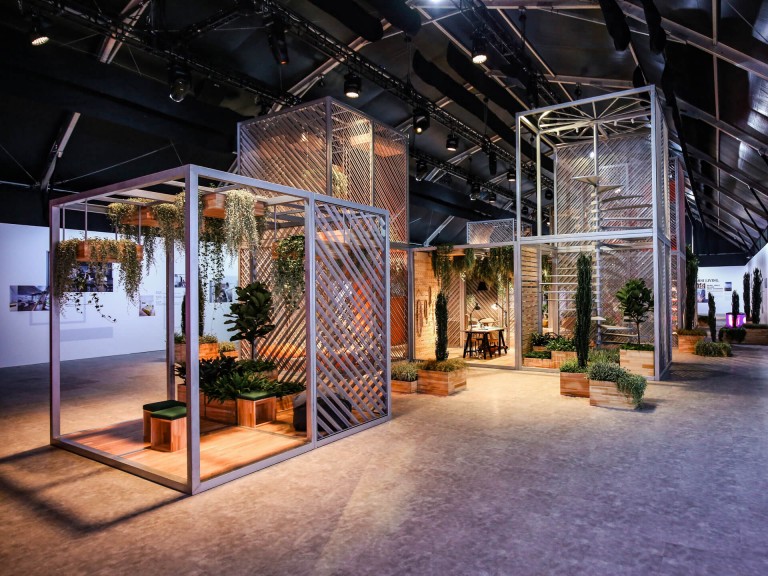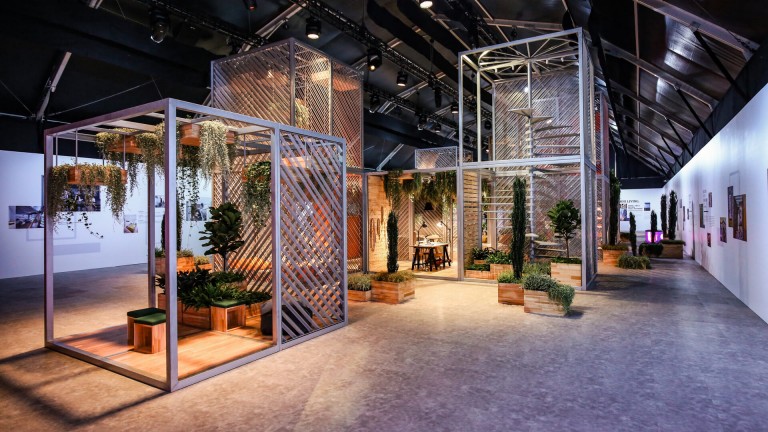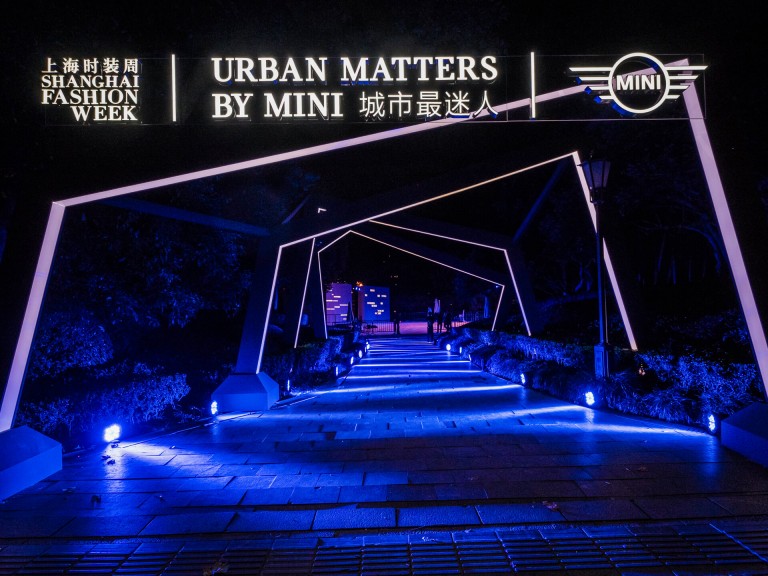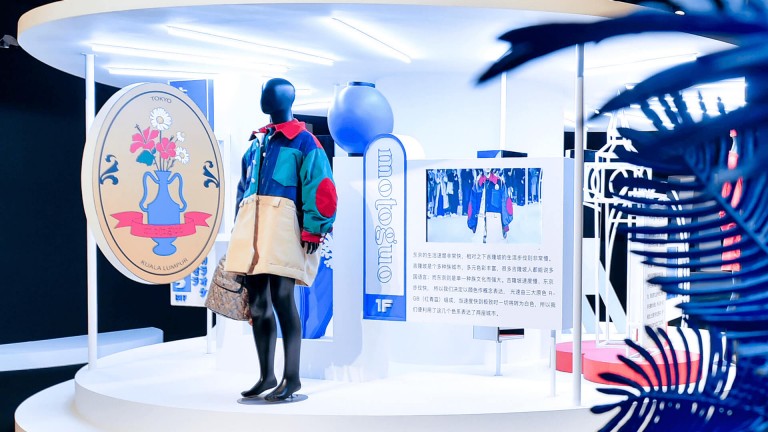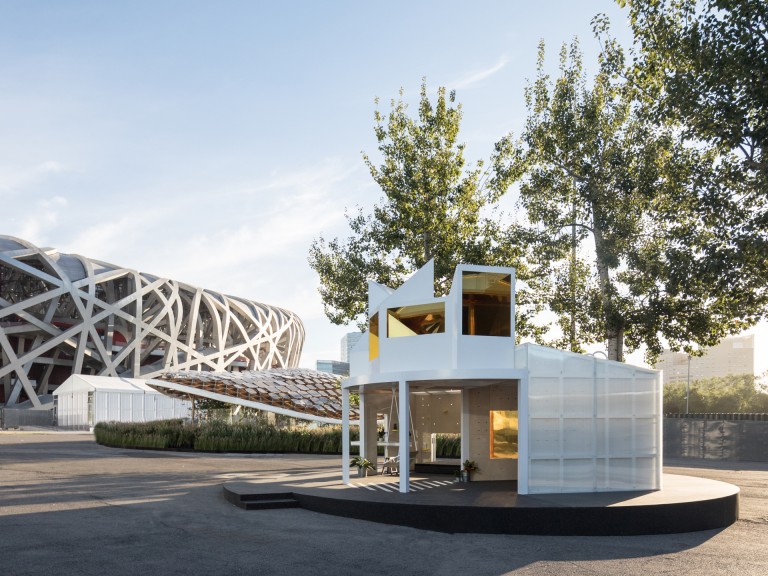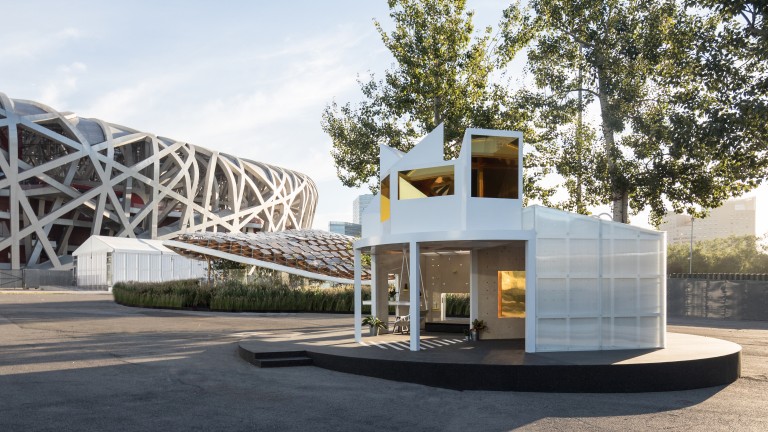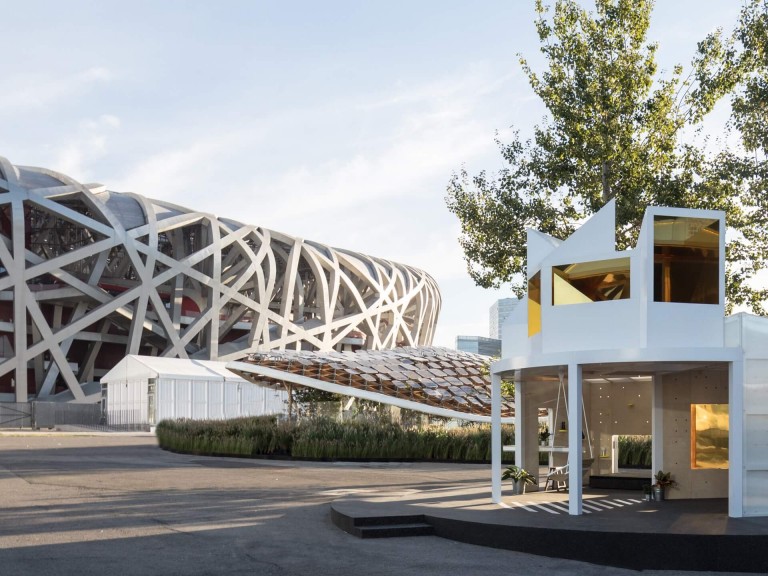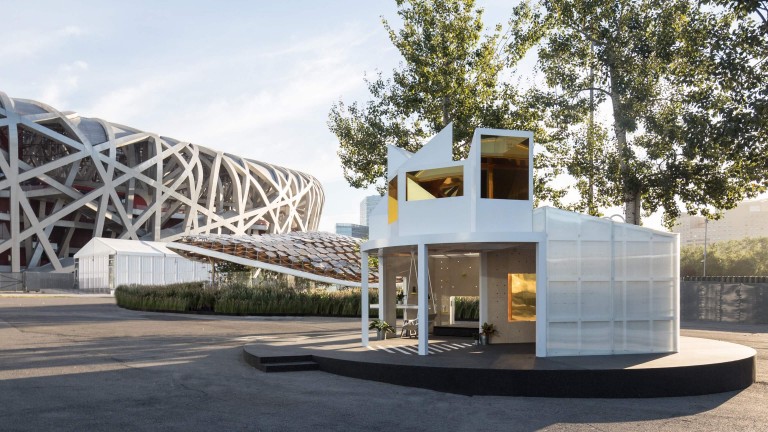Our tool for managing your permission to our use of cookies is temporarily offline. Therefore some functionality is missing.
The Global Village

SAM JACOB: AN ARCHITECT’S VISION.
A COLLABORATION OF A SPECIAL KIND.
Masters of space saving MINI LIVING has collaborated with internationally acclaimed architect Sam Jacob at this year’s London Design Festival to create the MINI LIVING Urban Cabin; a compact micro-house of just 15 sqm that demonstrates the creative usage of space in order to elevate urban potential. Here, Sam talks to us about the collaboration, urban living and space saving.
Sooner or later the average citizen will struggle to afford to live in London. The consequence being that only wealthy people will be able to live there, resulting in a shift of the diverse cityscape that London is known for and loved. What's your opinion on the development of this situation in the next couple of years?
“Over the last 20 years London has been seen as an economic project rather than, say, a social entity. One could argue that this was first an attempt to leverage value in order to fund regeneration, but effect has been to financialise London to an extreme degree. To the point where it becomes unaffordable, to the point where whole groups of people are pushed out, so that London becomes a sanitised investment vehicle."

"There needs to be a policy shift - a reassertion of the publicness of the city. First from City Hall and local authorities to find ways to provide the kind of housing and social facilities that have been sold off and otherwise underfunded. Second in terms of vision - to ask ourselves what kind of city do we want to build? And who for?”
There needs to be a policy shift - a reassertion of the publicness of the city.
Where do you see the future of urban housing going in the UK?
“Optimistically, the recent experiments of public bodies building social and affordable homes will continue so that the kind of housing we build is more aligned with social need - rather than investment. At the same time perhaps the way we design and live in homes will change. Ideas emerging from co-housing projects show how shared forms of domesticity might work. Perhaps this means we need to breakdown more traditional ideas of public and private when it comes to the home so that we share spaces and facilities.”
You decided to install a micro-library in the MINI LIVING Urban Cabin. Please, tell us more about the inspiration behind.
“London is a city of books before it is a city of architecture. There are outcrops of that thing we call architecture, bits of Soane, Hawksmoor, Wren, Adam, Lutyens, Rogers, Foster and so on. But in general, it’s a city - a county even - that, compared to many others has been built by other means than architecture and planning. Other forms of cultural expression have been the site of our cultural imagination. And perhaps most of all it is through writing that we create the space to explore our inner psyche and express our collectivity.
Within its shelves are books that describe ways of living in London. Both real and imagined, documentary and fictional. In these pages we find multiple descriptions of how one might live a London life (…). From the post-revolutionary fiction of William Morris’ News From Nowhere, the forensic detection of Sherlock Holmes through the oppressive gloom of Hangover Square, the angular modernity of JG Ballard all frame views of the city. They record and speculate on ways we might live.
The line between fictional and the propositional, between ways of describing the city and ways of making the city are far closer than we often think. Dickens’ descriptions of the Victorian slum were part of the movement for urban reform. This library suggests that fiction is part of how we imagine and create the city. Where ideas of living emerge and shape our material world. Where the fact of architecture and the city emerges from the fictions we write.”
London is a city of books before it is a city of architecture.
What's on your book shelf at home?
“Too many books! I have piles of books that seem to keep rising like geological formations as I order more and more. And in between the books, odd things: neolithic axe heads, plastic figures and other random pieces. A kind of eclectic archive that always inspires me.”

What was your motivation for this project? Are you hoping for more awareness of the current living situation in London?
“A library is a place where knowledge is shared, where ideas and experiences are lent, borrowed and exchanged. This library shares stories about London in order to stimulate discussion about ways we might living, to present varied ideas about the city, and to suggest alternatives that we might build. Libraries remind us of both things that have come before and of our imagination. In order to address question of the future of London, I would argue we need to be armed with the power that libraries contain. The power of knowledge and imagination that can help us shape our political, social and architectural visions.”
Libraries remind us of both things that have come before and of our imagination.
How did the kitchen part of the installation come to mind? Is there a link to British cultural needs?
“Perhaps it’s because of the usual weather, but when the sun shines, Londoner’s love to make the most of it - makeshift BBQ’s, lunch-hour sunbathing and so on. Here, the idea is that if the weather is good you can roll the whole kitchen outside. We thought that providing this kind of flexibility - where your living space could turn inside out - would be great.”

How important to you is it to use sustainable materials in your installations?
“It’s very important to consider the implications of materiality. What kind of material? Where does it come from? How does it perform? Balancing these issues along with the look and feel of materials is always interesting. For the MINI LIVING Urban Cabin’s library, we’ve used an incredible range of materials - from the most basic to highly advanced, heavy and light, solid and translucent, natural and artificial. It’s the materials themselves which give the project its character, as if a material is as much a story as it is a physical thing.”

How do you incorporate space saving into your everyday life?
“I travel a lot, so I’m a very good packer. First of all by editing what I take with me to the bare minimum. Second through the rolling, folding and layering of things into a bag. It’s not only what you fit that’s important, it’s the order of packing too. The things you need to put through x-ray security, the things you might want on the plane, the things you need the next day. It’s a very careful arrangement of things, almost an art form in itself.”
What cities inspire you and really get it right in terms of urban housing outside of the UK?
“Cities that are inspiring - or have that urban excitement - might not be the same places that get housing right. Cities like Hong Kong and Johannesburg are both thrilling to be in for many reasons. Hong Kong for its sheer density and compression that causes incredible juxtapositions of scale and use. Johannesburg because of its rawness that seems full of potential. But for good urban housing, a city like Vienna has an incredible history of approaches to housing. From the villas of the late 19th century and early 20th century, to successful experiments in collective living like Karl Marx Hof through the new towns of the 1970’s that merge leisure with futurist megastructures in the service of social housing, it’s a place that has used the design and construction of housing as a way to help create a kind of citizenship.”
Thank you for taking the time and sharing your inspiring visions and ideas.
Cities like Hong Kong and Johannesburg are both thrilling to be in for many reasons.
